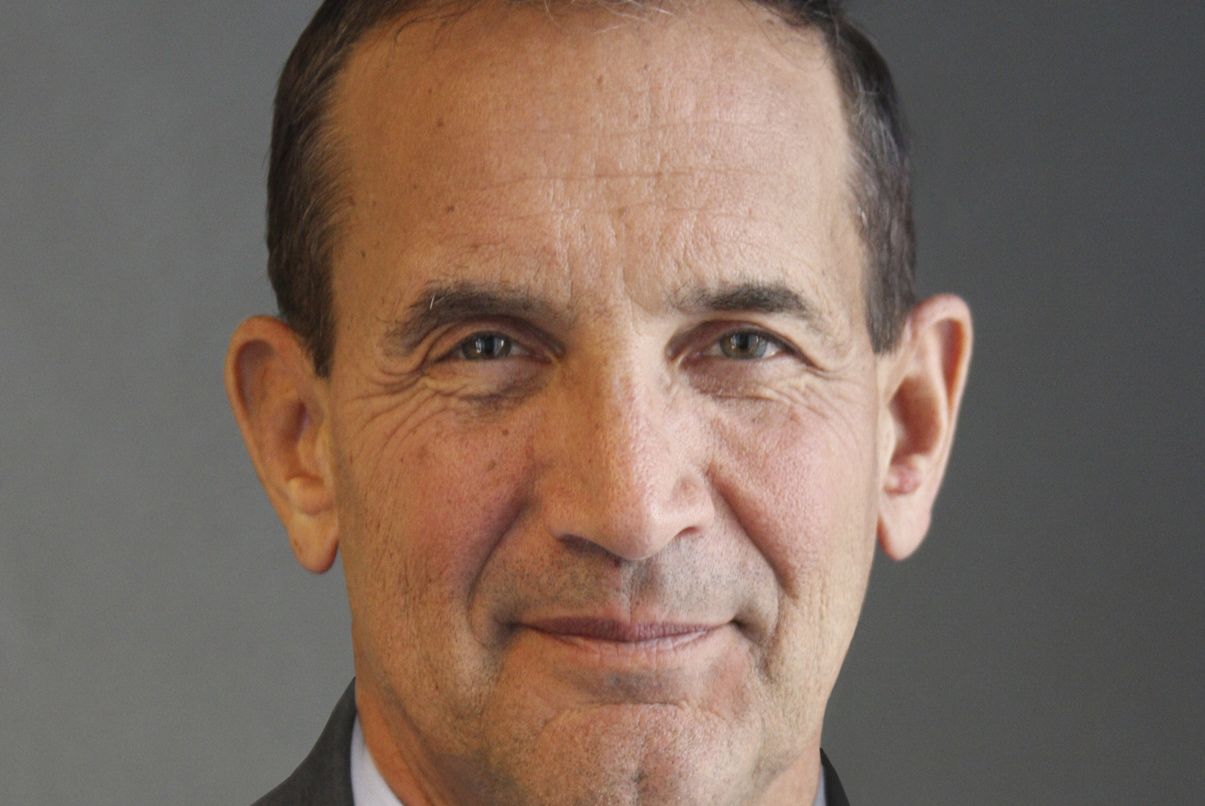Business cycles don’t typically die of old age. More often than not, some outside force, such as higher interest rates, snuffs out the expansion. Surely the US Federal Reserve’s intent is not to bring the economic cycle to a close, but that is often the end result of trying to rid the system of risks like excessive financial leverage or runaway inflation. Sometimes the Fed has an accomplice or two, such as an oil shock or a currency dislocation. Whatever the cause, recessions are unwelcome, bringing with them rising job losses, falling financial markets and even bankruptcies.
The end of a business cycle can be tough on investors. Stock and high-yield bond portfolios typically tumble. The average decline in the S&P 500 Index during a recession is 26%, and during the global financial crisis, the index declined nearly 50%. Recessions can be particularly damaging to Main Street investors, as they typically exit the markets after most of the harm has been done and often do not reenter markets until well into the subsequent expansion, when confidence abounds. Poorly timed exit and entry points mean the average investor does not achieve anything like the returns of the major indices. For instance, only now, with markets up 230% from their March 2009 lows, are Main Street investors reentering the market. This begs the question, are they too late again?
Alive and kicking, for now
We’re in the midst of the third-longest business cycle in the post–World War II era. At the moment, even though the cycle is showing signs of fraying, there are no obvious threats to its continued well-being. However, it may pay to be wary of entering the market at this late stage, as risk/reward ratios tend to become unfavorably skewed late in a cycle.
With that in mind, let’s look at our late-cycle checklist.
Investors may want to take heed of the increasingly worrisome signs indicated above. However, these should be taken as cautionary signs, not a call to retreat. There are also some positive signs afoot. For example, inflation has been late to arrive this cycle, which should allow the Fed to tighten monetary policy much more gradually than would normally be the case. Also, the US labor market continues to slowly improve, suggesting this business cycle will be prolonged. However, there is the risk that the cycle could suffer a slow fade-out. While US personal incomes are rising, health care costs are rising faster, taking away purchasing power, which is impacting consumer-facing sectors such as restaurants and retailers. US business spending remains very weak, and credit conditions are already tightening for certain borrowers. Several market sectors are experiencing profit erosion, which contrasts with the first six years of this business cycle, when margins and profits rose in tandem. US worker productivity is falling, as well, as unit labor costs rise.
Aging expansion vulnerable
While we’re not yet in bubble territory, I’d caution investors that US and European markets are historically expensive on both a price-to-earnings and price-to-sales basis. For example, the Russell 2000® Index is now at a price/earnings multiple of 27. However, I don’t foresee a quick or violent end to this cycle, as we saw in 2008. But I am concerned that late-cycle entrants into risk assets like stocks and high-yield bonds are taking a leap of faith at a time when there is less room for markets to move up and growing risks of them falling back. I do foresee this cycle coming to an end, but not as suddenly or brutally as in prior episodes. This aging expansion, now in its eighth year, weakened by faltering profits, is becoming more vulnerable due to slowly rising interest rates, sluggish consumer spending, shrinking profit margins and rebounding energy costs. Gone are its youthful days of mid-cycle strength.
In the wake of the US election, the retail investor has come back to life. But history tells us that changes in political regimes have relatively modest impacts on the real economy, which obeys only the laws of supply and demand. The signals being sent by the real economy are much more sobering than the signals being sent by a euphoric market. In my view, the odds of a reacceleration in economic growth are minimal at this late stage of the cycle. Retreating slowly from risk is one way to manage today’s ecstatic environment, perhaps by lightening up on historically expensive assets and shifting over time into high-quality corporate bonds or shorter-term fixed income vehicles.
James Swanson is Chief Investment Strategist at MFS.



